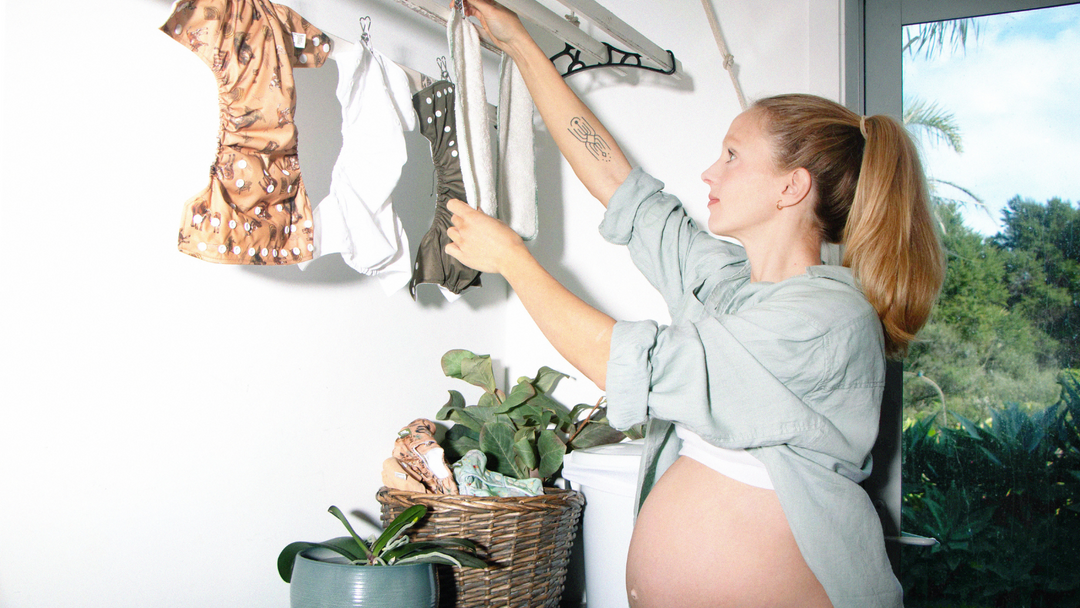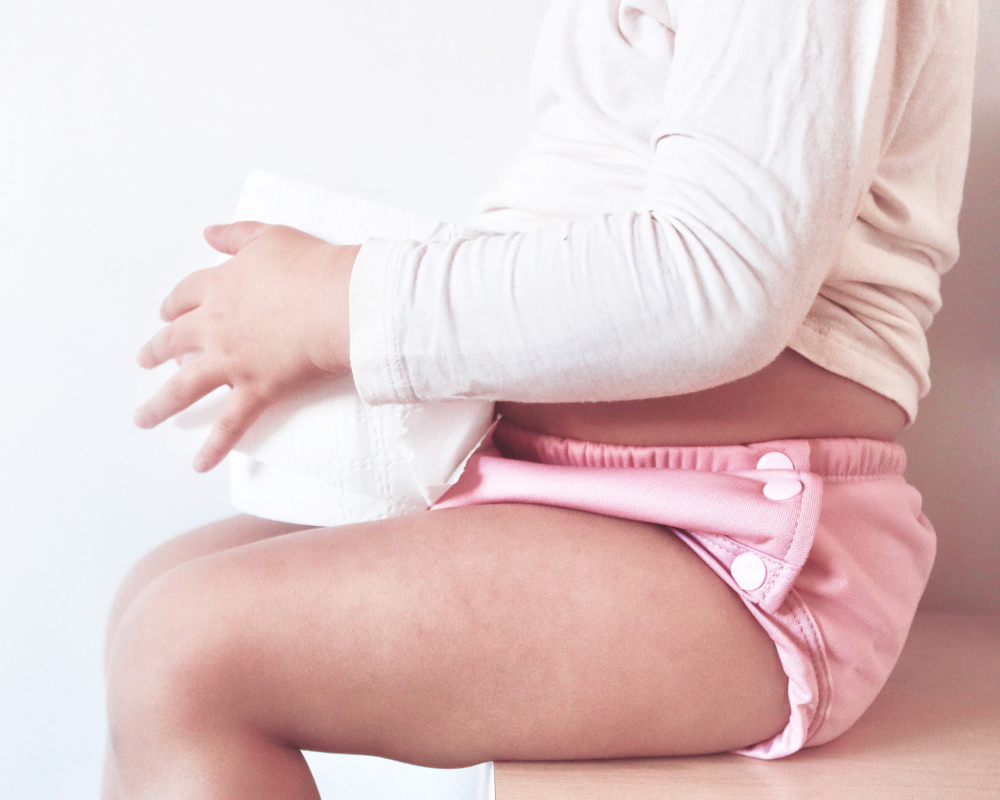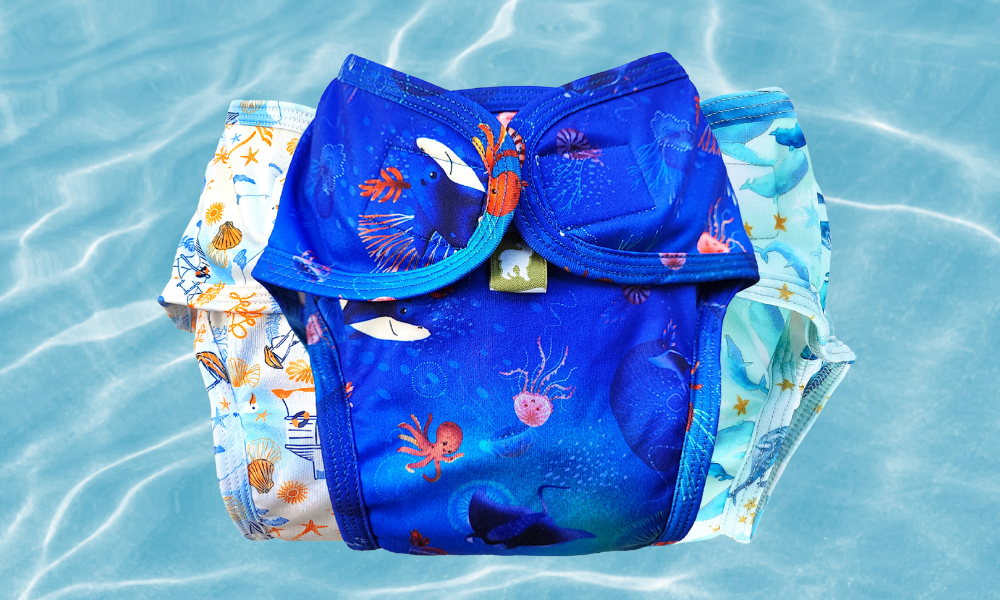Energy saving tips: economic ways to wash and dry reusable nappies
With energy prices fast becoming the biggest financial stress on UK families, we’ve collated our top-tips for the cheapest ways to wash and dry reusable nappies.
Generally, families save around £700 by switching to reusable nappies. Still, recently there has been much concern that with the increases in energy prices, reusable nappies will become more expensive than using disposable nappies.
Household every prices are very much front and centre of the conversation right now, but disposable nappy are also expected to increase with the Independent reporting "new parents will bear the brunt of inflation" with the disposable nappy price increases.
The Grocer reports that already companies like Pampers have started to increase their disposable nappies and wet wipes by up to 60%; this is because to manufacture disposable nappies they need to use power and raw materials.
We predict price increases will happen across the board as huge corporations such as P&G (who own Pampers) warn of another year of ‘significant’ headwinds; all of which will, undoubtedly, result in everyday people picking up the price increases.
To assess the true cost of washing and drying reusable nappies, one has to consider the following: Water, Electricity, Wash routine and finally Detergent.
Reusable nappy advocate Cloth Nappy Geek has a recently updated cost analysis on her blog where she summarises that “Even with the rises in energy costs, the day-to-day usage of cloth nappies is still cheaper than using the lower priced disposable alternatives”.
LittleLamb nappies retail partner “The Friendly Eco” recently calculated her reusable nappy washing and drying costs and concludes that reusable nappies will cost her £0.07p per change vs disposable nappies that will cost between £0.04p to £0.47p per change.

How to Wash Reusable Nappies Cheaply
Wash full loads.
We recommend washing every 2-3 days; this generally means you’ll have enough nappies for a full load.
What is a full load? Generally, the machine is ¾ full when the clothes are dry. This will then mean that the machine looks around half full when the nappies are full of water. If you put too much into the machine, the nappies won't have enough water to fully wash them and there won't be room for them to move around and agitate - nappies need a lot of agitating to properly wash. If you put too few in then this can unbalance your machine so they don't spin properly but can also lead to excessive detergent bubble formation. If you don't have enough nappies to make up a wash add in dirty bibs, towels, sheets or anything that would benefit from a deep long wash.
Measure detergent properly
Generally, especially those new to washing nappies, don’t measure detergent properly, resulting in overdosing and using a tub of detergent much faster than they should. Follow these steps to consistently use the right amount of detergent, and reduce your bills:
1. Read the packaging of your detergent and find out what dosage is recommended for heavily soiled (this is poo you are dealing with remember), your water hardness and drum size.
2. Next compare the size of your load, and dose accordingly; if you have a ¾ full drum, use ¾ of the recommended detergent.
3. Print out our Wash Routine Template, enter your findings and stick it by your washing machine to help everyone in the family wash nappies properly!
How to dry reusable nappies cheaply
Air movement is the key to drying all laundry. The warmer the air temperature, the quicker the water molecules evaporate, but the molecules will be attracted back onto the garment without airflow.
In an ideal world, all cloth nappy users would dry their nappies on the line outside, but we live in the UK and know that this is highly unlikely or feasible except during high summer.
Method 1: Tabletop fan + drying rack - minimal investment.
This is the cheapest set-up; get a drying rack and direct a small tabletop fan at it; even on the lowest speed setting, this will dry your nappies overnight.
Tip: when using a drying rack, strategically place the items based on how much air circulation they will need.
- Quick dry items like liners and wraps go in the middle at the bottom
- Average dry time items like pocket nappies can go on in the middle
- Slow dry items like night nappies take longer to dry so place that right on the outside of the rack where they will get the most air circulation.
Method 2: Dehumidifier + drying rack
We recommend setting up a dehumidifier in a small room so it is sucking less water out of the room and more out of the nappies. Dehumidifiers are less expensive to run than tumble driers, and also help to keep your house dry.
Tips: buy a dehumidifier with a large tank size, so you have to do less emptying. We find lots go on trading pages like Facebook Marketplace - and really there isn’t much that can go wrong with them so picking one up second-hand can be super economic.
Also, you can re-use the dehumidifier water for your indoor plants!
Method 3: Socktopus above the radiator
Strategically placing a “socktopus” or an overhead clothes airer (also known as a ceiling clothes airer or laundry pulley) above your radiators will mean you are using the heating to do both dry the nappies and heat your house.
We all know that heat rises so your best bet for increasing drying time indoors is to get those nappies, inserts, boosters and wipes up high. These are a great space saver and allow the air to get around all of the nappy or insert; pointing a small fan at the airer can also help the air circulate.
Tip: make sure none of the nappies are touching the radiator as this will melt PUL or burn the fabric.
Method 4: Heated airer
Some clothes airers can be plugged in and emit a low constant heat; similar to a plug-in heater.
Tip: Bamboo and cotton material nappies and boosters can get a bit stiff. To soften them, rub them together - the friction softens the fibres.
Can I tumble dry reusable nappies?
Excessive high heat in a dryer will affect the lifespan of the nappies but is OK now and then in an emergency, but it will also cost the most as tumble driers use lots of electricity.
Avoid putting PUL items in the tumble drier.
More tips for saving money with reusable nappies:
- Use ‘Fast drying’ pocket nappies.
One of the most significant benefits of our pocket nappies is they dry so quickly. Alternatively, you could use terry nappies, our bombproof little lamb wraps, and a super quick nappy drying combo.
Shop about our pocket nappies here.
- Use a vest extender to make clothes last longer!
Learn about our best-selling vest extenders here.
- Check if your council have a nappy scheme to help you save money.
Check to see if your council is on the list.
- Use reusable wipes: you don't need to dry them; just put them back in the wet bag, and they are ready to go.
Learn everything about reusable wipes here.
- If you have time, look into Elimination Communication - even if you catch ¼ wees, you’ll save on washing and drying as you’ll use fewer nappies.







